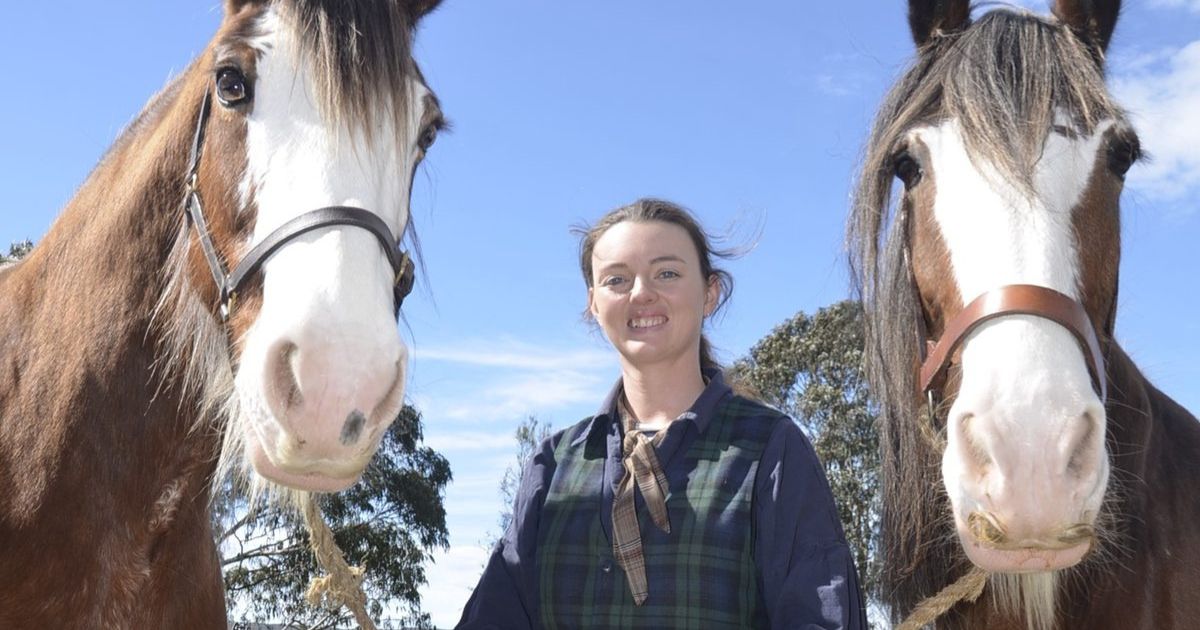Welcome the wild to urban life

Birdlife: Installing nesting boxes and insect hotels can be simple ways to support the natural environment at home. Photo: FILE
MEMBERS of the Ballarat Gardens for Wildlife movement are encouraging people to act less like a millstone around nature and be more of a keystone.
When a beaver, for example, builds a dam, many organisms can live because of that activity, and volunteer committee member Rob Amor said Ballarat residents could live differently to support the wild species that surround them.
“Humans are responsible for massive ecological disruption, and the current extinction crisis,” he said. “We need to make our cities more friendly places for other organisms.
“Gardens for Wildlife is trying to look at ways that we can make our gardens more wildlife friendly so we can support biodiversity, and we can enhance it.
“In the past, there’s been a western attitude that nature is there to serve us. Our movement is a shift in our connection with nature, so we embed ourselves in it and are more sustainable.
“As a culture, we need to shift our thinking to recognise we’re part of the environment, and not rulers of it.”
Mr Amor said ways in which people can have more of that keystone species mindset is to put the local indigenous plants in the ground, and in ponds, have logs in home gardens, as well as installing nesting boxes and bee hotels.
“It’s important that the plant makeup is diverse, with groundcover, shrubs and an overstory which mirrors what happens in a forest,” Mr Amor said.
“Ground cover, logs, and leaf little can look untidy but it’s better for nature, lower maintenance, and uses less water.
“By using local plants, you make the urban area porous, in a way, to wildlife around it. Put plants in the urban areas that honeyeaters like, and they’ll move in, and integrate.
“We have to be careful how we do that, because we don’t want koalas and kangaroos down Sturt Street, but we can do birds, invertebrates, reptiles, and frogs, and a lot of the larger birds, like cockatoos.”
Federation University and Birdlife Australia have resources online that people can refer to if they would like to purchase, or make, and then install an appropriate nesting box.
“Boxes need to be suitable for the species you’re targeting, the entrance hole needs to be the right size, and the depth needs to be adequate for their nesting,” Mr Amor said.
“They do need to be two or three metres off the ground, or maybe higher for those with larger trees, away from predators.
“But not everyone can get up a tree. You can mount them on a pole, or throw a rope up a tree and haul the box up, or you can hire an arborist or a handy person.”
Bee hotels can be as simple as a block of wood with a lot of holes in it, and generally attract spiders, mud wasps, and some solitary native bees will use them.”
Mr Amor also said wildlife-welcoming communities encourage people to have a greater connection to, and understanding of, the natural world.
“Isolation from the environment can mean we’re blind to the fate of a lot of other creatures in forests, when things happen to those forests,” he said.
Gardens for Wildlife volunteers offer a free service, visiting the homes of people who express interest in the movement. They aim to support a transition to more native species-friendly green spaces.


















